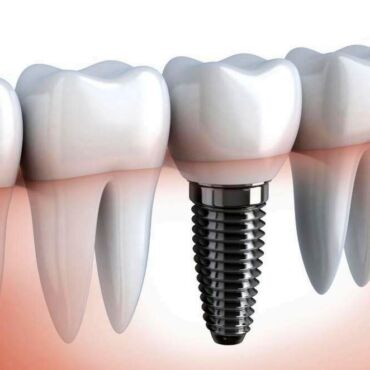You can lose your teeth at any age, but, fortunately, medicine has long been offering a quick and reliable way to restore them – implantation.
The specialists of the implant.md clinic in Chisinau tell about the types of dental implants.
What is a dental implant
Dental implant systems consist of a dental implant body and dental implant abutment and may also include an abutment fixation screw. The dental implant body is surgically inserted in the jawbone in place of the tooth’s root. The dental implant abutment is usually attached to the implant body by the abutment fixation screw and extends through gums into the mouth to support the attached artificial teet.
Types of implants by material
Dental implants systems are typically made of materials that follow international consensus standards of the International Organization for Standardization (ISO) or ASTM International. These standards have details of what makes a safe material.
Most dental implant systems are made of titanium or zirconium oxide.
Other materials such as gold alloys, cobalt-based alloys, titanium alloys, or ceramic materials are sometimes used. The safety profiles of these materials are well-known.
Depending on the class, implants are distinguished:
- economy (South Korea, Israel);
- business (Germany, USA);
- premium (Switzerland, USA).
The higher the grade, the higher the survival rate of the implant and the more natural its appearance.
Types of implants by design Depending on the design, implants are distinguished:
- one-piece – the pin and the abutment are one piece. Such implants are used for simultaneous implantation;
- two-piece – the pin and the abutment are separate elements. Used for two-stage implantation.
Types of implants by type of fixation
Depending on the type of fixation, implants are distinguished:
- intraosseous — used in most cases, implanted into the bone;
- extraosseous – implanted in the periosteum or gums; • basal – implanted deep into the bone, used in cases where bone grafting is impossible;
- intramucosal – implanted into the mucous membrane;
- zygomatic – are implanted in the zygomatic bone or jaw in cases of critical atrophy of the jaw bone.
The professionalism of the implantologist, an individual approach and a correct assessment of the clinical picture are a guarantee of successful implantation. After the diagnosis, the doctors of the Implant.md clinic will consult about the advantages and features of each system, and help you choose the most suitable type of implantation.


